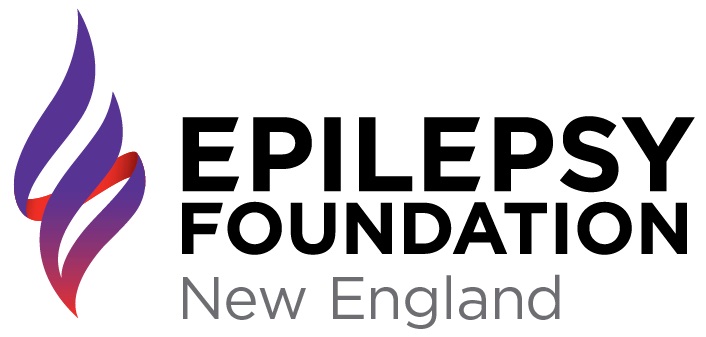Focal Onset Impaired Awareness Seizures
Focal Onset impaired Awareness Seizures - sometimes called complex partial seizures - are the most common type of seizure experienced by people with epilepsy. Typically lasting 1-2 minutes, these seizures are often accompanied by automatisms (such as lip smacking, picking at clothes, fumbling), becoming unaware of surroundings and wandering.
Who is at risk for Focal Onset Impaired Awareness Seizures?
Anybody can get them. They may be more likely in people who have had a head injury, brain infection, stroke or brain tumor, but most of the time the cause is unknown.
How can I tell if someone is having a Focal Onset Impaired Awareness Seizure and how often will they happen?
Focal onset impaired awareness seizures sometimes resemble either daydreaming or generalized onset non-motor seizures. These seizures usually start in a small area of the temporal lobe or frontal lobe of the brain, but they can quickly involve other areas of the brain that affect alertness and awareness. If the seizure activity spreads, the person loses awareness and stares blankly.
Most people move their mouth, pick at the air or their clothing, or perform other "automatisms.” If the symptoms are subtle, other people may think the person is just daydreaming. Less often, people may repeat words or phrases, laugh, scream, or cry. Some people do things during these seizures that can be dangerous or embarrassing, such as walking into traffic or taking their clothes off. These people need to take precautions in advance.
Some people can have seizures of this kind without realizing anything has happened. The seizure can wipe out memories of events just before or after it.
Focal onset impaired awareness seizures starting in the frontal lobe tend to be shorter than the ones from the temporal lobe. The seizures that start in the frontal lobe are also more likely to include automatisms like bicycling movements of the legs or pelvic thrusting.
Some Focal Onset Impaired Awareness Seizures may turn into secondarily generalized seizures. They usually last between 30 seconds and 2 minutes. Afterward, the person may be tired or confused for about 15 minutes and may not be return to normal function for hours.
In some cases, these seizures may have an aura (or warning) alerting individuals to an oncoming seizure. Many treatment options are available including: medications, diet, surgery and devices.
What happens after a Focal Onset Impaired Awareness Seizure?
When a focal onset impaired awareness seizure ends, the person may be tired or confused for about 15 minutes and may not be fully normal for hours. First aid may be necessary if an injury has occurred.
How are Focal Onset Impaired Awareness Seizures diagnosed?
Careful observation should make the diagnosis pretty certain in most cases. An EEG is a helpful test that can also help to make the diagnosis.
How are Focal Onset Impaired Awareness Seizures treated?
There are several medications that can help prevent Focal Onset Impaired Awareness Seizures. Other potential treatment options include; surgery, vagus nerve stimulation and diet therapy for the treatment of Focal Onset Impaired Awareness Seizures.
What should I do if I think my child, loved one, or myself may have Focal Onset Impaired Awareness Seizures?
If you think your child, loved one or you may be having Focal Onset Impaired Awareness Seizures, let your doctor know your concerns right away. Untreated seizures can lead to injury, significant memory impairment and in rare cases death.

